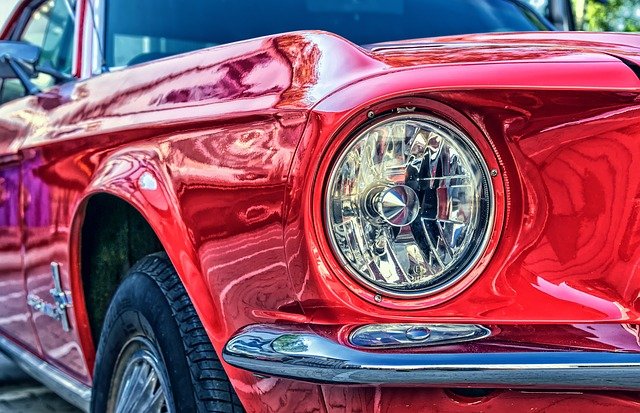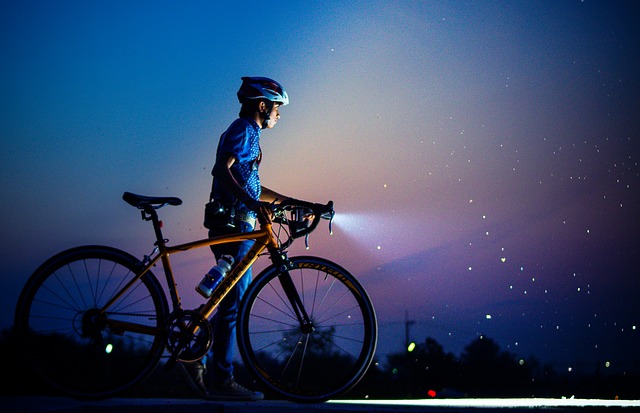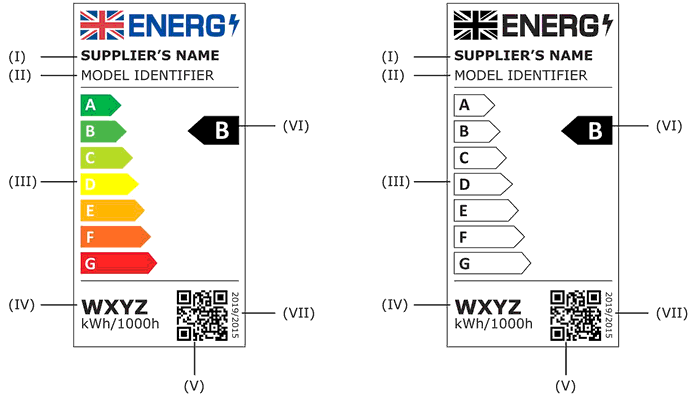Since September 2021, a new ecolabel requirement has been implemented in the European Union. It is the Commission Delegated Regulation (EU) 2019/2015 of 11 March 2019 supplementing Regulation (EU) 2017/1369 of the European Parliament and of the Council with regard to energy labeling of light sources and repealing Commission Delegated Regulation (EU) No 874/2012. The short form is EU Energy Labeling of Light Sources Regulation (EU) 2019/2015. In brief, the goal here is to label eco-efficiency scores on lighting equipment.
Why Energy Labeling Lighting Products with Regulation 2019/2015?
First-of-all, in a product’s life-cycle, the use phase can have a great impact on the environment, mainly because of its energy consumption. Indeed, the environmental footprint of energy consumption depends on the electricity source. Coal, oil, or gas sourced electricity is non-renewable and contaminates the atmosphere.
Secondly, lighting equipment is everywhere and represents a considerable opportunity for energy conservation and money savings for consumers!
For these two reasons, informing customers about the product energy rates is paramount.
Importantly, similar comparative energy labels also apply to household appliances like dishwashers, refrigerators, or washing machines.
Products In-Scope of the 2019/2015 – Energy Labeling of Light Sources Regulation
Regulation 2019/2015 has a broad scope. It includes all lighting products and lights integrated into a piece of equipment. For example:
- Desk lamp
- Ceiling light
- Floor lamp
- Ring light, etc.
However, a few exclusions apply.
Products Excluded from EU 2019/2015
For instance, the following lighting devices are out-of-scope, when used in: Aircrafts
- Emergency signs or other related products
- Marine equipment
- Military equipment
- Motor vehicles
- Radiological and nuclear medicine
- Railway vehicles

The following lights are also excluded when they are part of:
- Battery operated products
- Bicycles or non-motorized vehicles
- Electronic displays
- Range hoods
- Spectroscopy or photometric devices

Furthermore, exemptions apply to the in-scope products of the regulation 2019/2015.
The Label Requirements of EU 2019/2015
Eco-Label Information
Due to this regulation, producers must have lighting equipment assessed. Indeed, they must find the correct energy efficiency level from Annex II of EU 2019/2015.
Then, they must present the assessment results to the customers with a label. Such label shows whether the product is energy efficient by displaying a letter ranging from A to G. “A” products are the best of their category, while “G” devices are the least energy efficient.
In addition, labels must bear a QR code. Scanning the product QR code provides more energy-related information.

Template of energy labels to be displayed on lighting products
Source: Regulation (EU) 2019/2015, Annex III
Suppliers Duties about Ecolabels
Distributors or dealers must ensure the adequate communication of the ecolabels and related information to their customers. With this purpose, they may have to:
- Print the labels on the packaging
- Enter the information sheet in the products database and provide other formats if needed
- Enter the technical documentation in a products database
- Display the label on visual advertisements or technical promotion materials
- Provide the electronic versions of the label and product information sheet
- Replace all old labels with new ones
- Display an electronic version of the label and a product information sheet when selling online
- Etc.
The EU 2019/2015 Energy Efficiency Assessment
Energy efficiency assessment is done by a state-designated authority using universal calculations. These calculations consider the declared useful luminous flux and on-mode power consumption, as detailed in Annex II of Regulation 2019/2015.
Is the CE Marking not Sufficient?
The comparative eco-label under Regulation 2019/2015 is different from the CE marking obligations.
 Notwithstanding, Regulation 2019/2020 of 1 October 2019 laying down ecodesign requirements for light sources and separate control gears pursuant to Directive 2009/125/EC is under the CE marking requirements. Regulation 2019/2020 allows European authorities to rule the minimum energy efficiency of lighting appliances placed on the market. In other words, this law leads manufacturers to eco-design more energy-efficient products.
Notwithstanding, Regulation 2019/2020 of 1 October 2019 laying down ecodesign requirements for light sources and separate control gears pursuant to Directive 2009/125/EC is under the CE marking requirements. Regulation 2019/2020 allows European authorities to rule the minimum energy efficiency of lighting appliances placed on the market. In other words, this law leads manufacturers to eco-design more energy-efficient products.
Energy Efficiency Label of Light Sources in the UK
Following Brexit, the United Kingdom has published its Ecodesign for Energy-Related Products and Energy Information (Lighting Products) Regulations 2021. Mainly, their regulations are aligned with the EU Energy Labeling of Light Sources Regulation 2019/2015. Nevertheless, minor differences apply, such as the UK flag on the energy label.

Source: The Ecodesign for Energy-Related Products and Energy Information Regulations 2021, Schedule 7
Generally speaking, one can say that more environmental requirements apply to lighting equipment, including energy labels. Other restrictions apply to substances controlled in these products, like RoHS, REACH-SVHC, TSCA-PBT, or Proposition 65.
Testing Partners is here to help you find the right compliance strategy!



